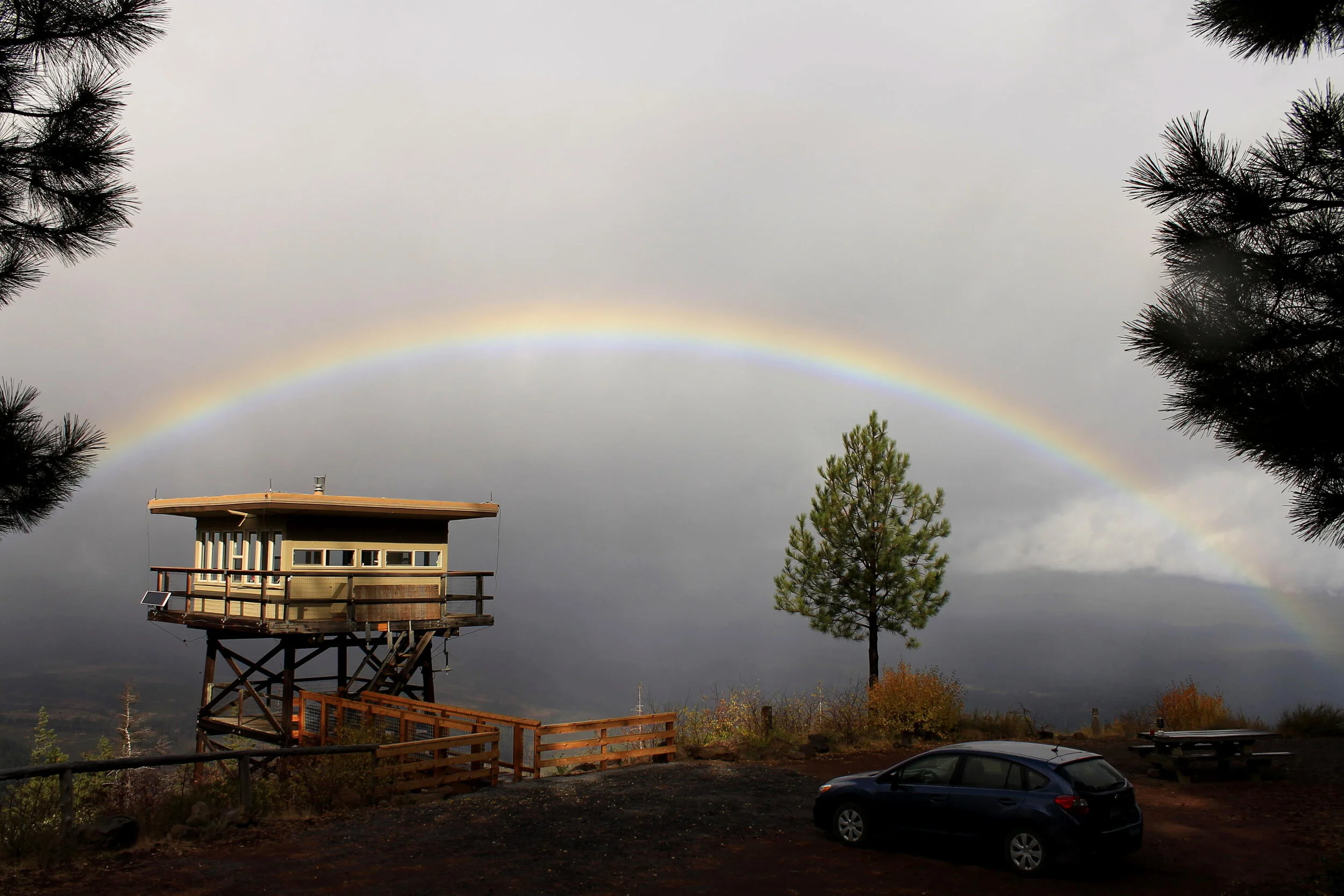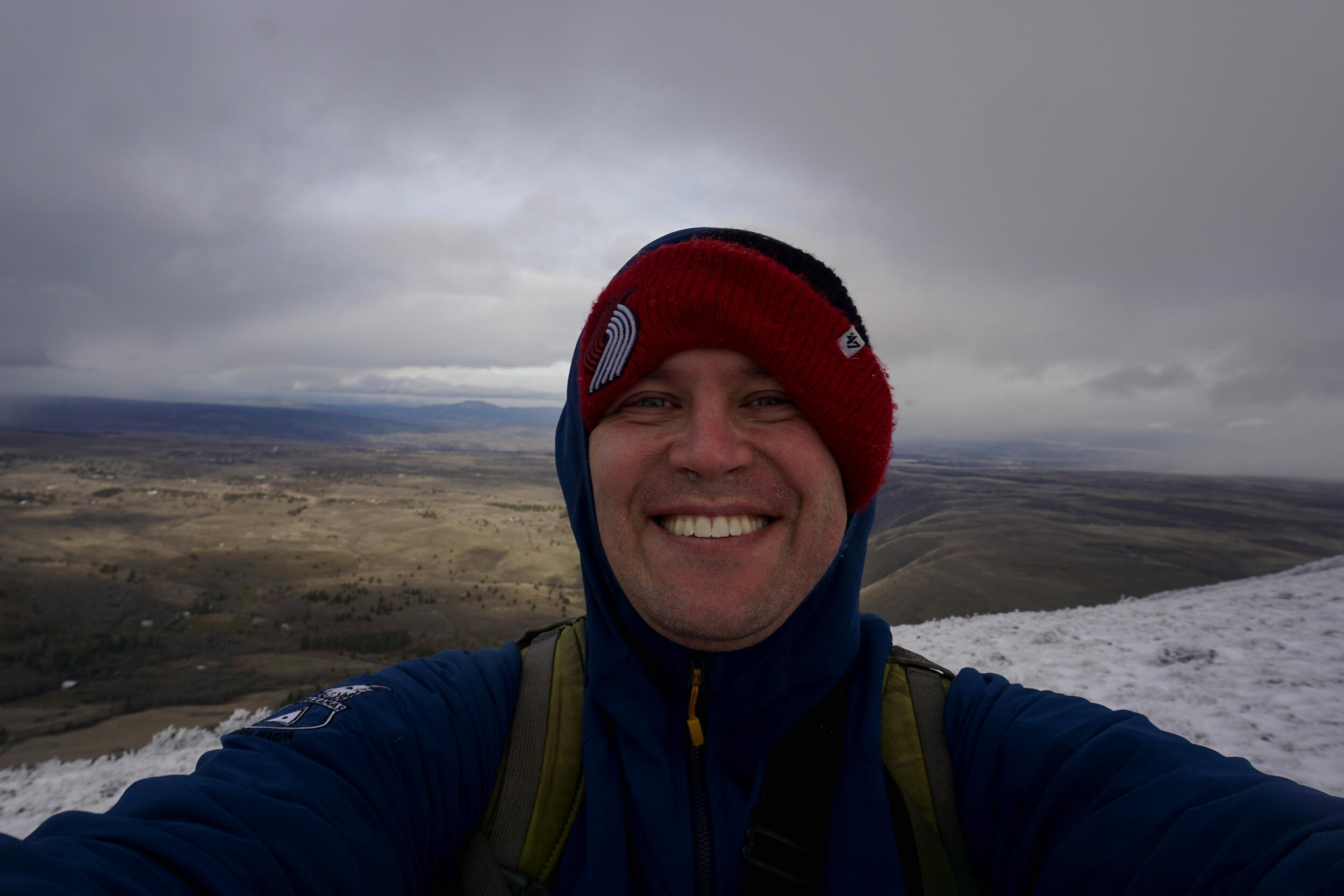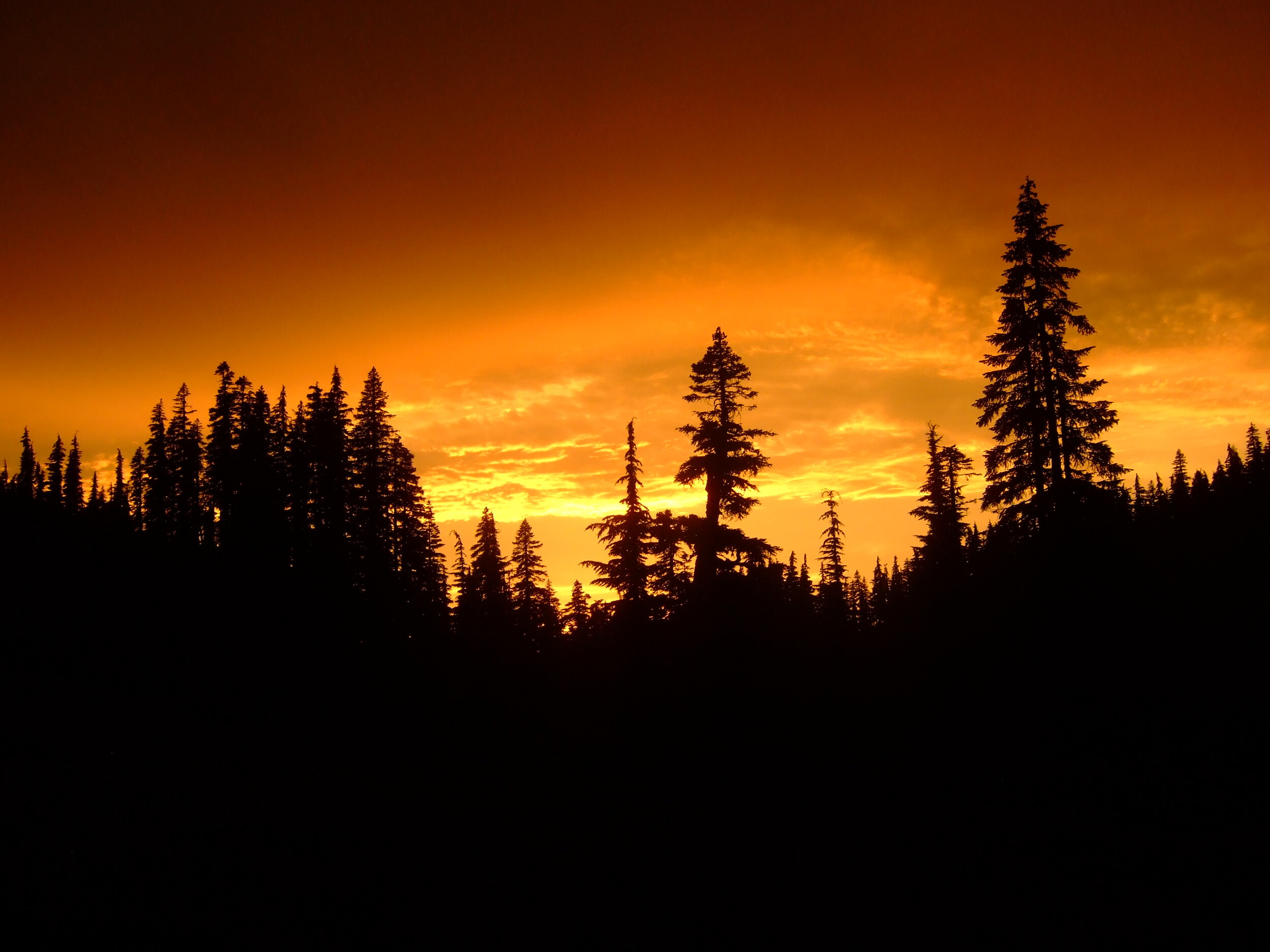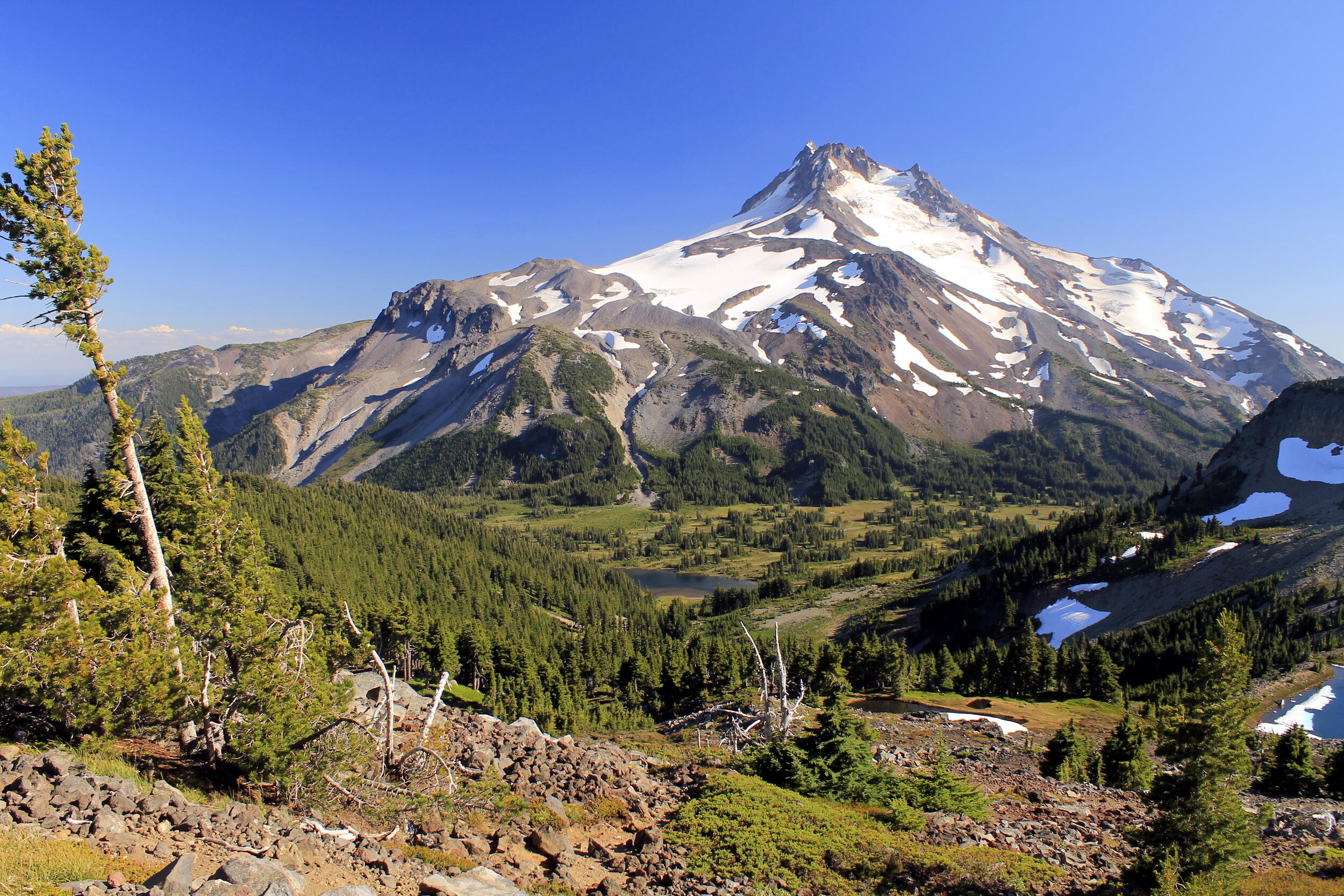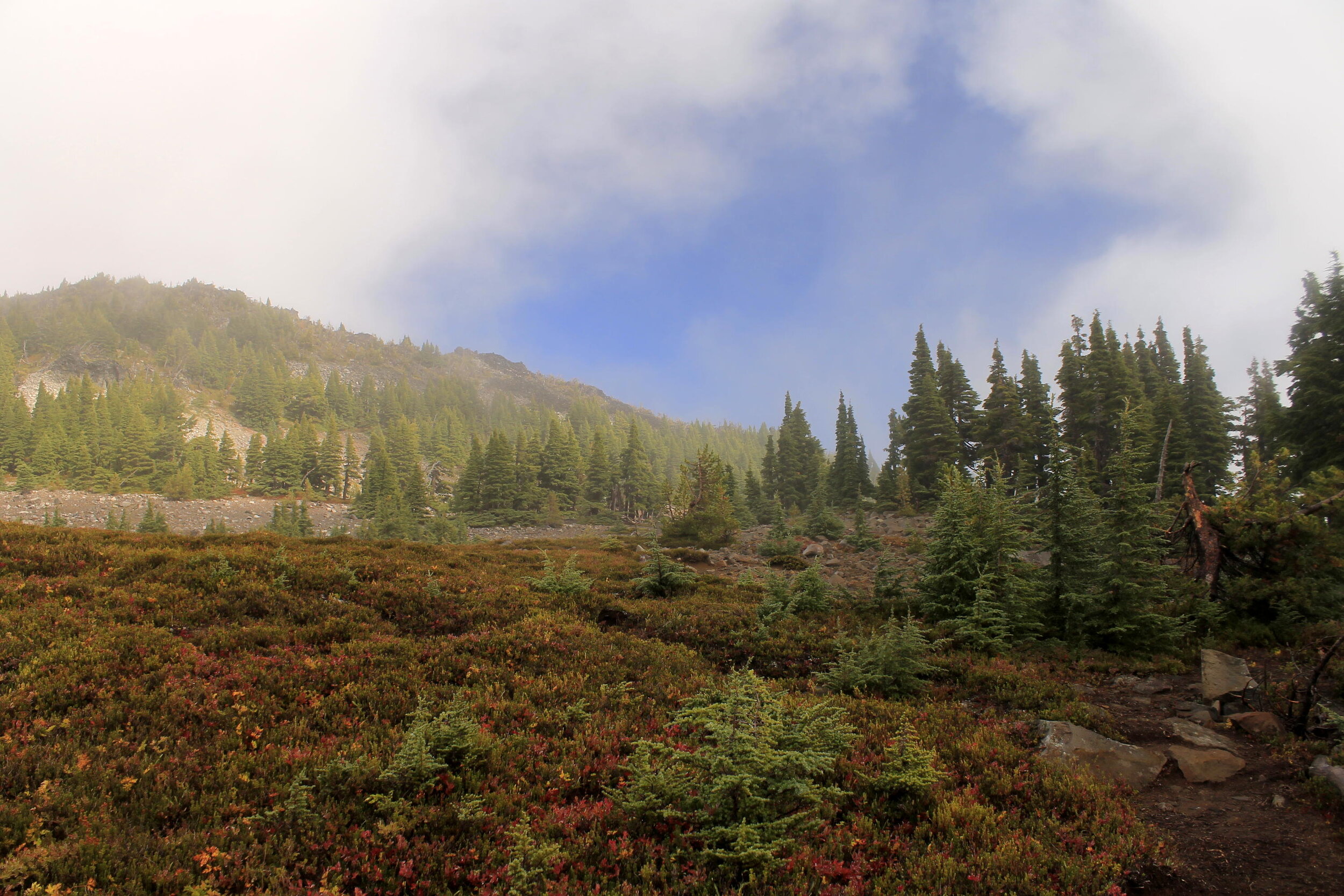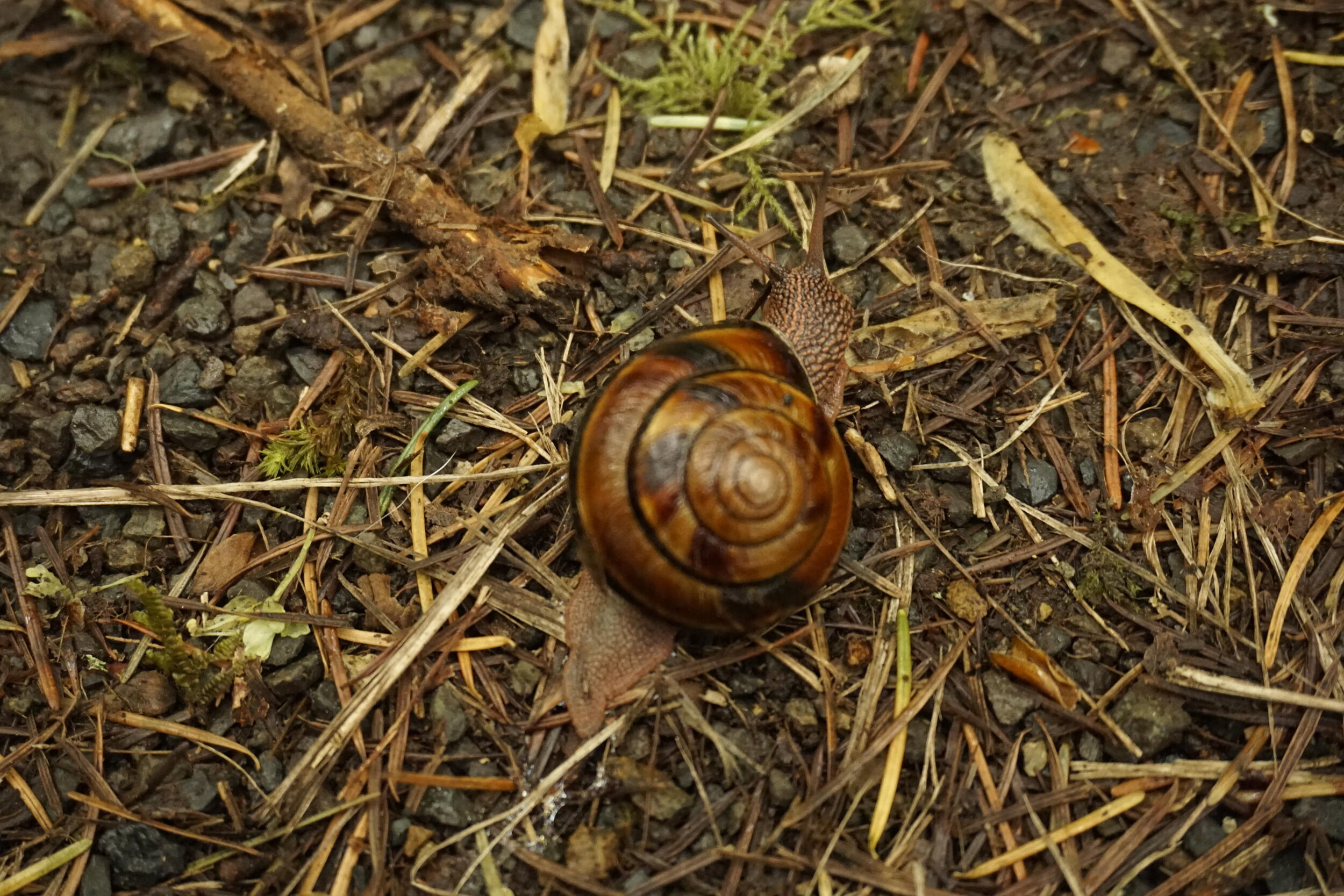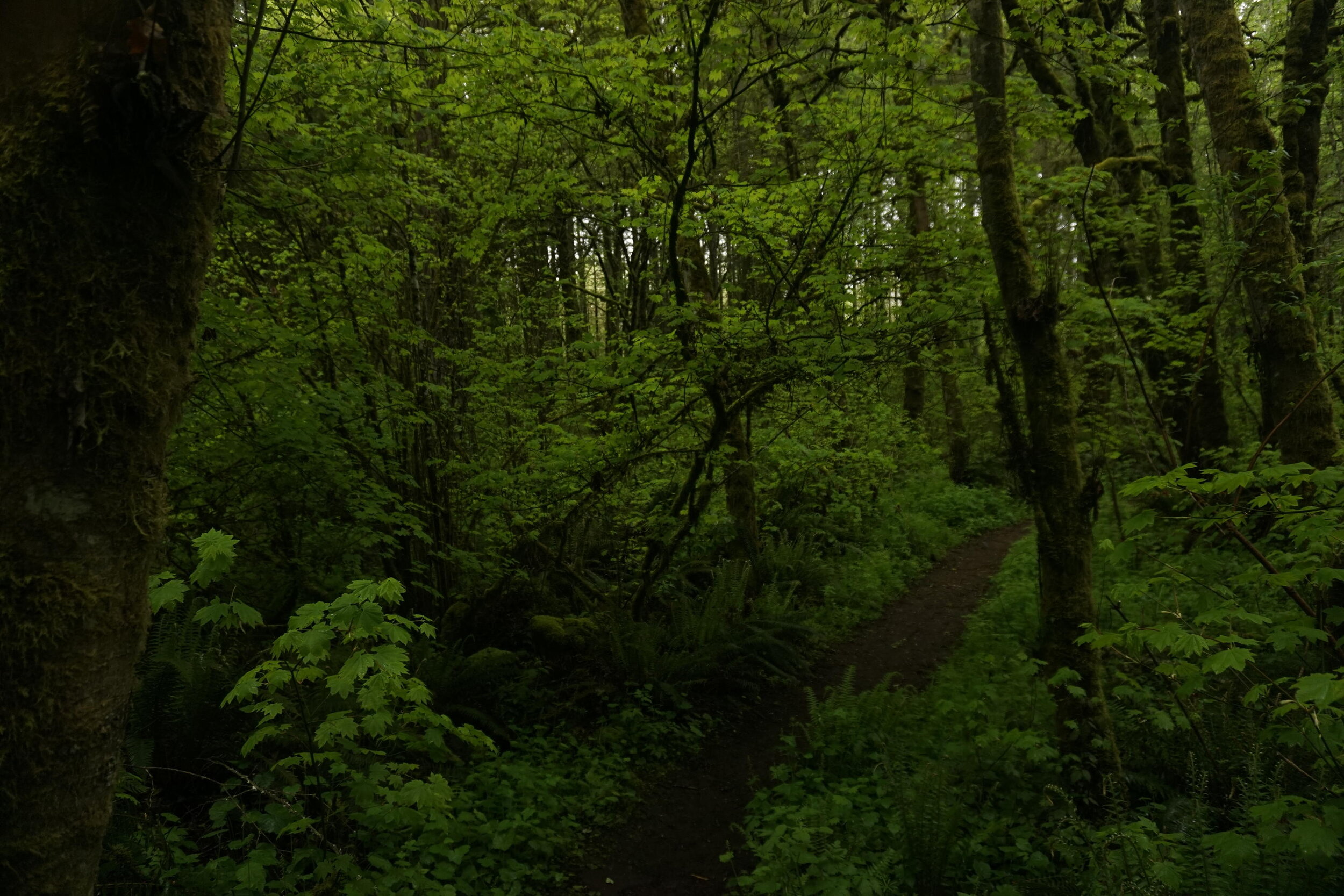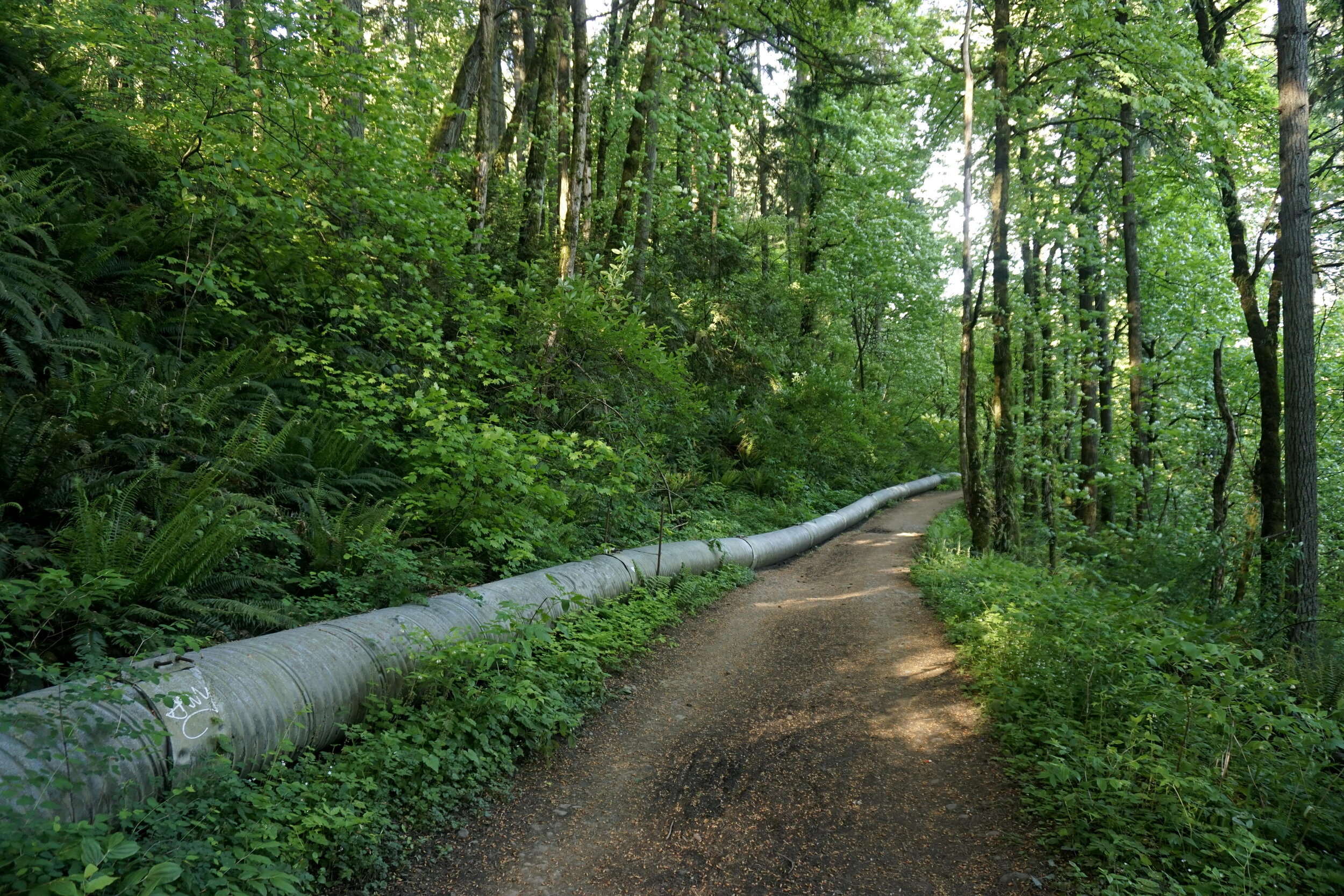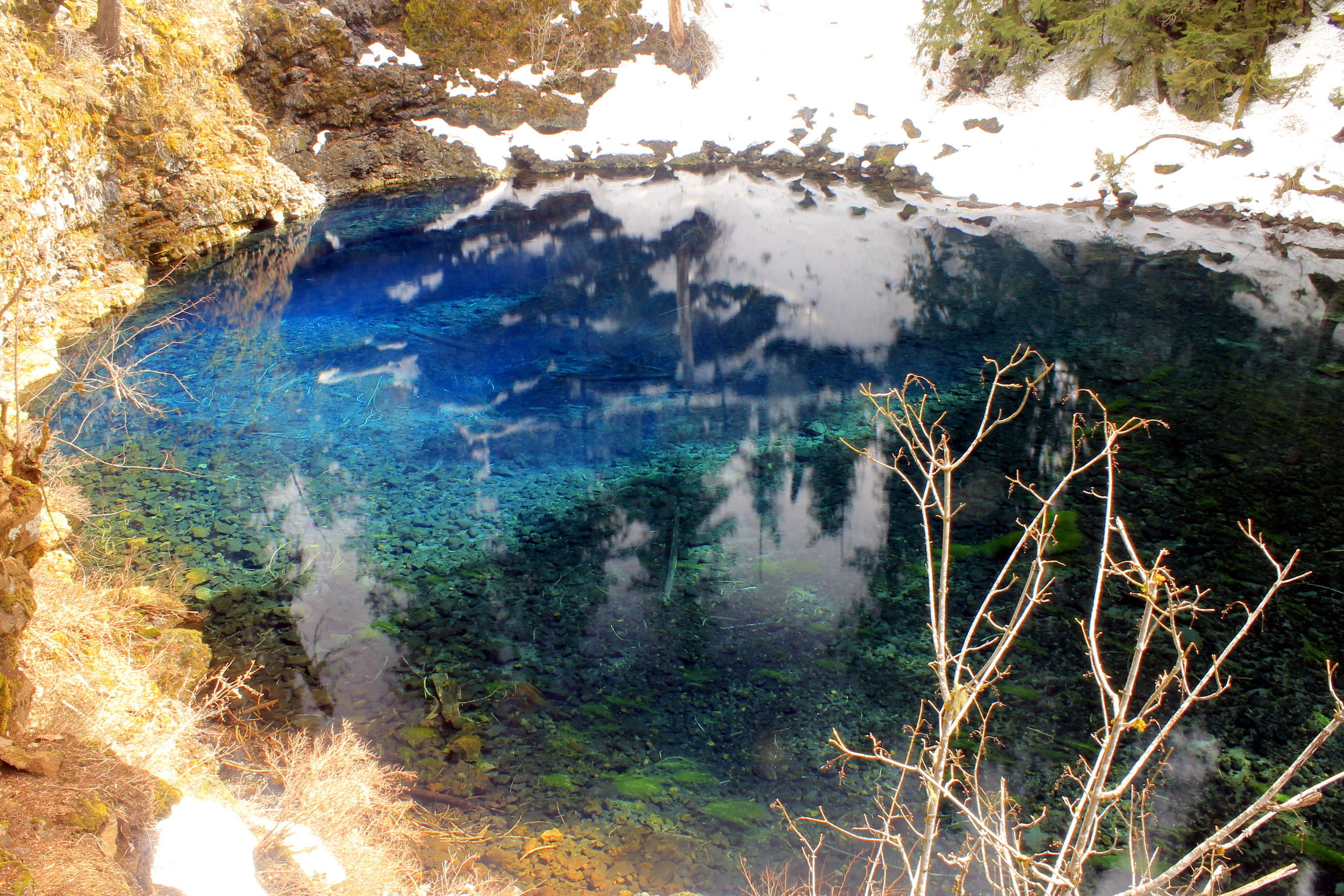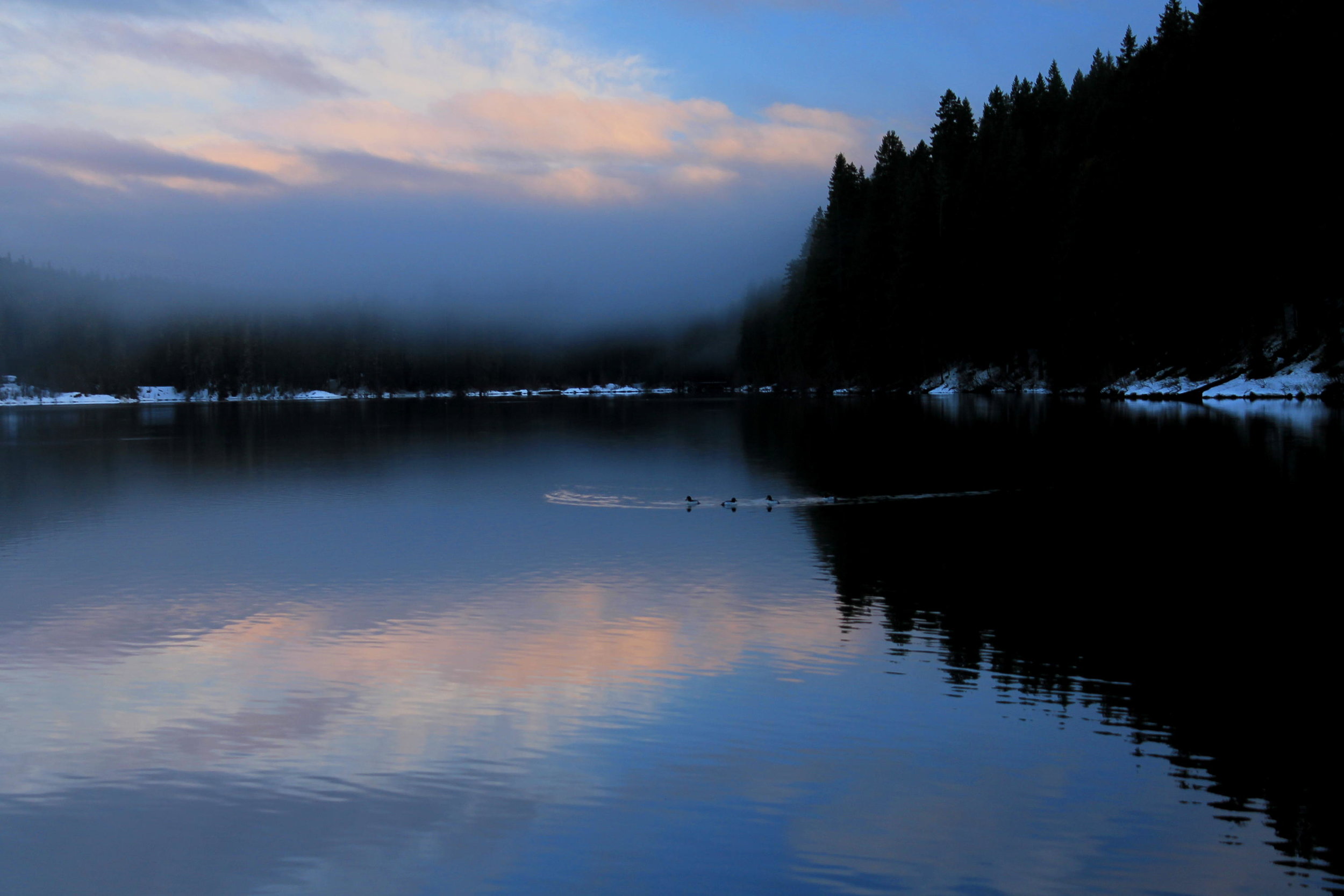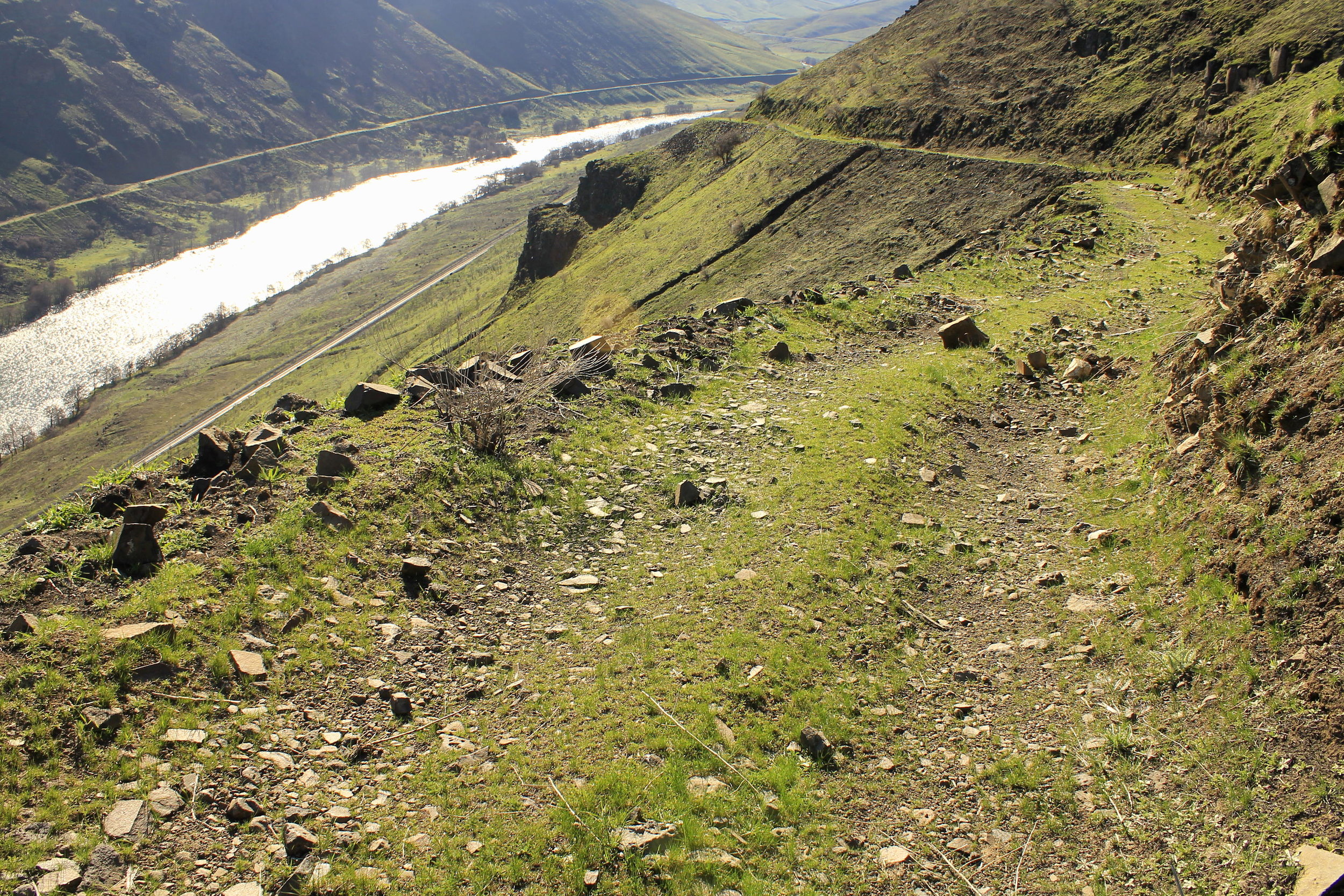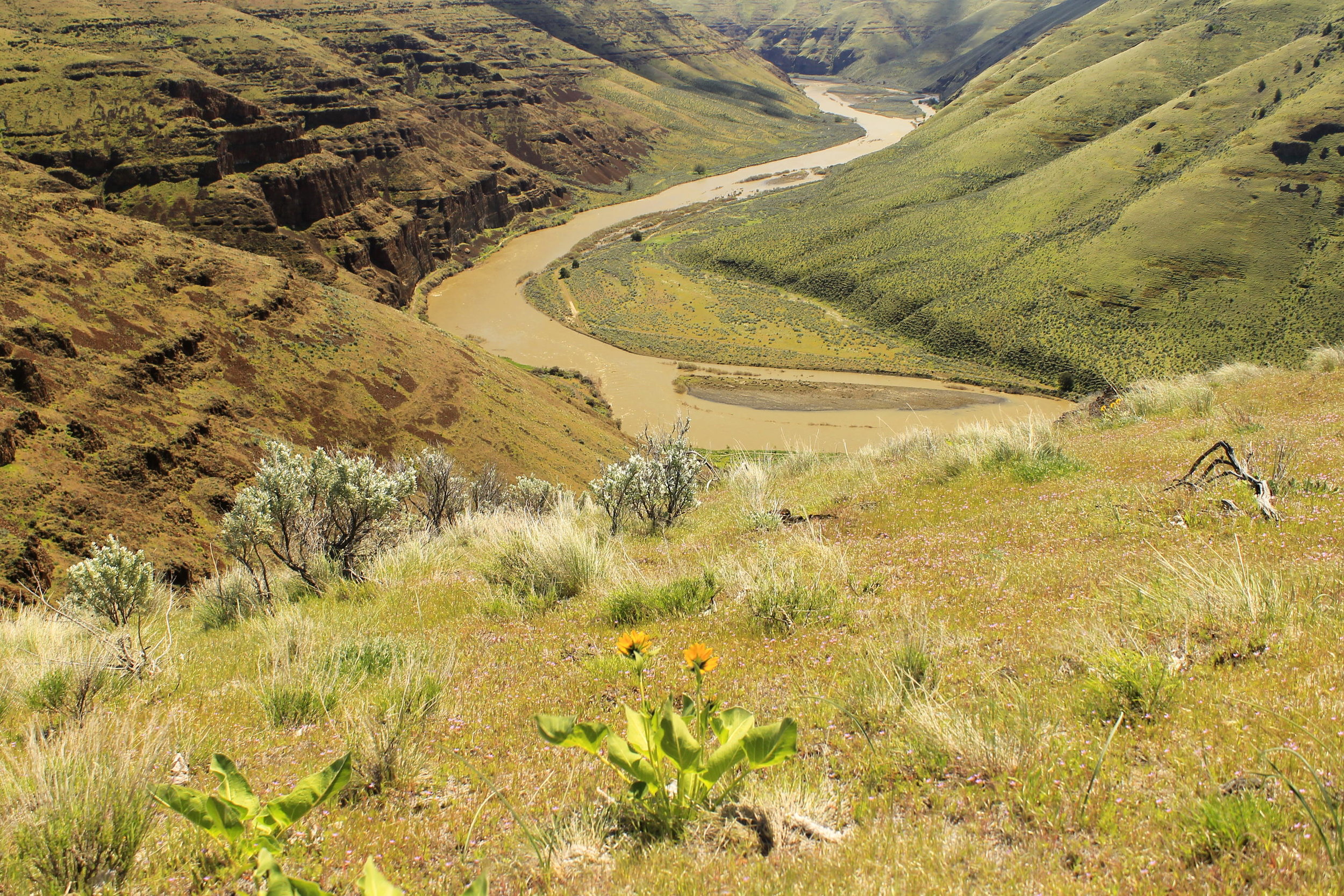Sometimes I just need to be alone. I am a social person by nature, but as I’ve gotten older I need more time to myself to recharge, to refresh, and to push myself. Maybe some of you will understand.
As 2020 began, I set ambitious goals for myself. The plan was to hike 750 miles, with 150,000 feet of elevation gain for the year. If that seems like a lot, I did about 600 miles in 2019 with about 120,000 feet of elevation gain. I figured with 2020, I needed to up my game at least 20%.
On the first Thursday I had free in January, I set out to hike the Crawford Oaks Loop in Columbia Hills State Park, on the Washington side of the Gorge. This is a hike that is featured in PDX Hiking 365, albeit in April for the height of wildflower season. This is what it looks like in April:
It’s absolutely wonderful during wildflower season, albeit more crowded every single year. It’s hard to keep people away from such a beautiful place!
I’ve also hiked here in the winter before, and found it far less crowded. The blue skies and far-reaching vistas soothe my soul during the dead of winter, and that was what I was looking for on this day.
I left home early and drove through the Gorge in the dark. After 90 minutes on the road, I made it to the Columbia Hills Trailhead around 9AM. Starting my hike under full blue sky was just what I needed. Mount Hood was looking gorgeous in the morning light:
The trail up into Columbia Hills is an old road. Eventually the road becomes a trail, and soon the trail opens up into the wide-reaching vistas I so love about Columbia Hills. Speaking of hills, they looked inviting:
As I made my way uphill, I settled into a rhythm. I felt absolutely fantastic. The view of Mount Hood across the open prairie helped me along:
By the time I reached the ranch, I made the decision to continue all the way to the summit of Stacker Butte, the high point here. I knew it would probably be cold up there, but I felt fantastic and I wanted to keep pushing myself. I knew it would make for a longer day, but I really wanted it. I wanted it bad. So I kept going.
I’ve hiked the gravel road to the summit of Stacker Butte many times, but it had been a while. The last time, the time before this, was on an extremely cold day with my friend Anna. It was similarly clear that day.
As I hiked up the gravel road, the clouds began to move on. I looked up at the summit with some trepidation, knowing at the least that my views would be limited. The clouds moved in fast…or I moved into the clouds. When I reached the false summit, it began to snow. Welp.
The last half-mile to the summit was incredibly cold. I was prepared with my thick coat and gloves, but even so the cold wind forced me to hunker down, pull my collar up and face the cold, on my own. Of course, I had to ask myself: is it really worth it? Am I really hard-headed (read: stupid) enough to hike into a snowstorm just to bag a summit I’ve already bagged several times? Well, I had come this far, and the summit was just a few minutes away. So up I went.
To wit: it was really, really, really cold. See, here’s the thing about Stacker Butte: even though it’s only 3,200 feet above sea level, it’s the highest point around for many miles (which of course is why the view on top is so fantastic). It is always windy up there, and in the winter it’s not uncommon to encounter 30-40mph winds up there (or more). The last time I hiked to the top of Stacker Butte in January 2015, the winds were so intense and the temperature so cold on top that Anna and I had to leave after just a couple minutes, as we both felt our hands going numb. On this day in January 2020, it wasn’t quite so bad. But it was still very, very cold. I topped out on the summit as snow swirled around me, and I stopped to take a few photos. This is looking out to the western summit:
I didn’t want to push my luck continuing that way. If I’ve learned one thing about solo hiking, it is this: do not push your luck. Take what the mountains give you, and show gratitude.
This is looking north, towards Mount Adams, which was hidden in the clouds:
The canyon below is Swale Canyon, which is a wonderful hike in its own right.
Here’s a photo of the FAA installation on the summit, a fitting monument to the coldest place in the Columbia River Gorge:
I had to take a summit selfie, too. I almost never do this, but I felt elated to be standing on the summit, alone and accomplished.
Last but not least, here’s a look back at the route of my hike…and at the sunshine and pleasant weather still prevalent at river level:
This, to me, is what makes Stacker Butte such an interesting and rewarding destination in the winter. The hike gives you the feeling of climbing a real mountain, while offering easy access and a convenient escape if the weather is too threatening. The other reward of climbing to the summit is the view, which was limited on this day. Here’s a photo from the summit north to Mount Adams, taken on that wickedly cold day in 2015:
Mount Adams as seen from the summit of Stacker Butte on January 2, 2015. It looks pleasant, eh? It wasn’t. I estimated the wind chill up there at somewhere around 10 degrees. It felt colder than that.
After a few minutes of taking photos and snacking, it was time to turn around. As I descended, it began to warm up almost immediately. This is evident in a shot I took of the false summit from just below the true summit:
Look closely and you can see that the snow line is at the level of the false summit, and only on the slopes where the wind sweeps across the summit. If you look really closely, you can even see a few sunspots.
By the time I was back to the gate at the upper trailhead, I actually started to feel warm. Such a feeling seemed unthinkable not even an hour before.
When I reached the ranch on my way down, I decided to go ahead and hike the rest of the Crawford Oaks Loop. It would add almost 2 more miles of hiking to my day’s total, but given my goals for the year and given that I still felt good, it felt necessary. The sun came out again as I wandered the open slopes above the Columbia. I embraced the warmth of the sun, and the shimmering reflection on the river:
Sometime around 3PM, I stumbled into the trailhead, tired and happy. My hike ended up being around 15 miles, with about 3,200 feet of elevation gain: a fitting beginning to 2020. More than that, I felt accomplished and ready to take on an exciting year ahead!
It is ironic to type these words now, quarantined at home, knowing that this is how I felt at the beginning of the year. In the midst of a pandemic, my fitness goals feel far less important. Who knows what the rest of the year will bring! I am sure that I will return to summiting mountains and pushing myself beyond 15 miles at some point this year; it just won’t be as soon, or as regular, as I imagined at the start of the year. And that’s okay! It’s been an absolute pleasure to write about past adventures, as I have had so many that I’ve never shared with people. I plan to continue writing throughout this, and I hope you’ll keep reading. So as always, thanks for reading!
Here’s a map of the hike if you want to see my route:
